SEC S20W1 || Hematopoiesis - Module 1
I believe in fostering a learning environment where students feel at ease and unreserved, creating a friendly and approachable teaching atmosphere. My goal is to ensure that every student feels comfortable and that their understanding of the subject matter is solid. With my 8 years of experience in the medical field, the topic of hematopoiesis has caught my attention, and I felt I should share some of my medicine education experience to my readers. So, without further ado, let's begin!
First of all I'd like to present my Complete Blood Count report. Coincidentally I recently had my tests and since the topic is Hematology, I think this would be relevant as well.
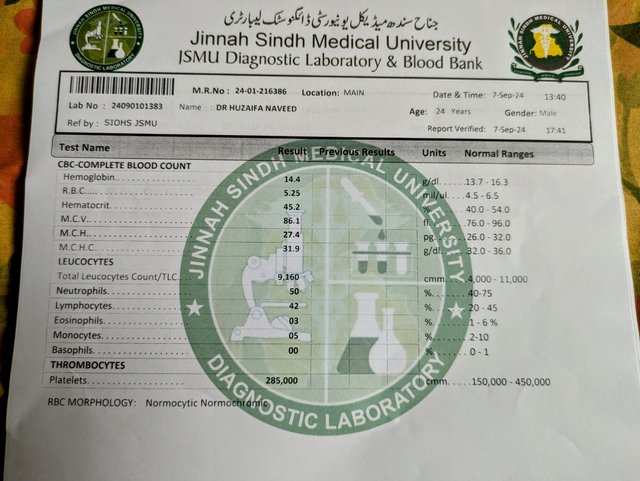
Anatomy and function of hematopoietic organs |
|---|
Before I talk about the organs let me ask you what does the term Anatomy mean. Since the term Hematopoiesis has been described wonderfully by @dexyluz in her post, I believe I don't need to explain it any further. So what does Anatomy mean?
Anatomy in simple terms mean the study of the structures of a living being. The structures could be anything, such as bones, muscles, organs etc.
Now coming towards the Hematopoietic organs. I'll start off with the most important one and that is something we (especially the Subcontinent region people) eat on daily basis. Any guesses?
Bone Marrow |
|---|
Bone Marrow officially known as نللی in my mother tongue is one of the most eaten dishes in Pakistan. People love to eat bone marrow of cows, goats etc. But in this pist we'll be talking about bone marrow from a different aspect. From the most important aspect of bone marrow and that is what actually is Bone marrow?
Bone marrow, as I like to tell my students, is the most significant part of the body alongside liver. I mean if you think of it, each and every organ of the body is the essential in its own accord but the bone marrow is the originator of the cells of the body.
Anatomy |
|---|
Bone marrow is a soft, spongy tissue found inside the hollow spaces of bones, primarily in the long bones such as in the pelvis, femur, and sternum. It exists in two forms: red marrow and yellow marrow.
Physiology |
|---|
The red bone marrow as we know is primarily responsible for the production of the blood cells which include the Red Blood Cells, White Blood Cells, Platelets etc.The Yellow marrow on the other hand is responsible for providing energy.
Spleen |
|---|
The spleen lies in the left hypochondriac region of the abdominal quadrants which means it's on the upper left side. Spleen also plays a very important role. One of the main roles of Spleen is to remove the damaged cells. Apart from that it also plays a vital role in the immune system of our body.
The spleen produces lymphocytes (a type of WBC) which helps in fighting the infections affecting our body. Spleen also is very important similar to the bone marrow in providing blood in case of any emergencies in the body
Liver |
|---|
It is impossible to not talk about liver when you're talking about a living body. The liver is the second largest organ of the body after skin and it performs so many functions that I'll be needing another post just to list down the functions of liver. But in this post we need to discuss the anatomy and the hematopoietic role of liver.
The liver is present in the Right Hypochondriac region and a part of it also lies in the epigastric region as well. Talking about it's physiology as a hematopoietic organ, liver plays a very important role during the fetal life as it is the primary blood producing organ in the body.
Thymus |
|---|
Thymus is located behind the sternum in the upper-anterior part of the chest extending from neck to thorax. Even though thymus doesn't produce any blood cells it is essential for the maturation of the T-lymphocytes in adolescence which play a crucial role in providing immunity to our body.
Lymph Nodes |
|---|
Lymph nodes are present all over the body. Specially in the sub mandibular, sub lingual, cervical, occipital, inguinal, axillary lymph nodes. Similar to Thymus, lymph nodes do not actively produce blood but they an immensely important role in immunity by maturing B-Lymphocytes and T-Lymphocytes.
Medullary Hematopoiesis vs Extramedullary Hematopoiesis |
|---|
Medullary Hematopoiesis |
|---|
Medullary Hematopoiesis or generally just known as Hematopoiesis is the blood production we are all aware of. Medullary Hematopoiesis refer to the blood production that occurs in the bone marrow. Major medullary hematopoiesis (blood production) takes place in the bone marrow. The red bone marrow, as mentioned above as well, is predominantly responsible for the medullary hematopoiesis, forming Red blood cells, White blood cells and Platelets.
Extra Medullary Hematopoiesis |
|---|
As the name suggests, the extra medullary hematopoiesis is the formation of blood that takes place outside the bone marrow. Extra medullary hematopoiesis usually occurs in the fetal life where the blood is being produced by Liver, spleen and the Yolk sac. But even in adult lifes, extra medullary hematopoiesis can take place. How and why?
When there's an extra amount of blood needed and the medullary hematopoiesis is unable to supply the sufficient amount of blood, than the body starts the extra medullary hematopoiesis thus fulfilling the blood requirements of the body.
Lets explain it in layman terms. For example my mother is cooking food for us on a daily basis. Take her as an example of Medullary hematopoiesis. But for example, when there are a lot of guests over and she needs extra help, she calls her sons for help in making extra food. The extra input is similar to extra medullary hematopoiesis. Hope it was clear to you all.
Hematopoiesis Diagram |
|---|
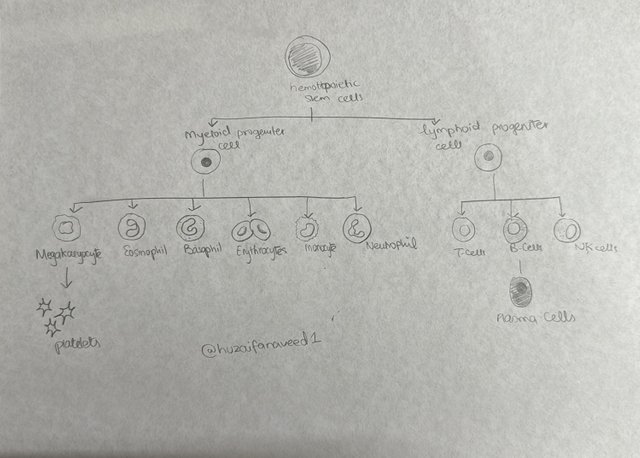
The diagram in itself is self explanatory but I'll make it further understandable to all of you.
- The multipotent stem cell is the originator. From this cell arise all the other cells of the body, such as RBCs, WBC, platelets etc.
- The multipotent stem cell will divide into the Myeloid Colony Forming Unit or the Myeloid Progenitor Cell upon receiving signal. These Myeloid Progenitor cells will form Erythrocytes, Eosinophils, Neutrophils etc.
- The Myeloid Progenitor Cell will also form Megakaryocytes which will then give rise to Platelets in case of heavy bleeding since we all know platelets are essential for clot formation
- Now on the other hand the Stem Cell forms a Lymphoid Progenitor Cell which then forms the T-Cell, B-Cell in case of an infection.
Clinical Case |
|---|
It has been my habit in all my osce and exam stations to breakdown a clinical case into pieces so that I can understand and answer the entire case completely. So let's do that here as well.
A 25-year-old male patient comes into the emergency room of the Ruiz y Páez University Hospital Complex with bruises all over his body from a car crash. He is given an order for tests requesting a complete blood count, blood glucose, urea, creatinine, glomerular filtration rate, and lipid profile. The test results show significant blood loss and kidney problems. X-rays are also performed showing a broken femur. Explain the following in your own words:
In your opinion, what are the reasons for significant blood loss?
Who would be the ideal person to donate blood to? (ideal donor profile)
- Ok so if we begin from the start, a 25 year old had an RTA with bruises all over the body. Bruises all over the body clearly indicate a haemorrhage. But if the patient is having bruises all over the body, then it means this is a case of Subcutaneous Haemorrhage. Why? Because bruises in multiple places of the bodu indicate ruptured capillaries in the subcutaneous region.
- The patient already had a pre-existing kidney problem. Hmmmm interesting. What does Kidney have to do with hematopoiesis? Well, its correlated. Why? Because Kidney produces Erythropoietin (EPO) which is a hormone that regulates blood production as it stimulates bone marrow to produce more RBCs.
- The patient has a broken femur? Well the femur is the longest bone in the body and a broken femur means that a lot of blood has been lost. Sub cutaneous haemorrhage, less EPO production and a broken femur? This is the result for a lot of blood loss. So all these factors combined result in a significant blood loss.
Ideal Donor Profile |
|---|
Well, the first thing that we should know is the blood type of the recipient but since we don't know that, the safest option is to find a donor with the O negative blood type b cause O negative is a universal blood donor. Apart from that our main concern would be to have a donor who's NOT an alcoholic, or a drug abuser and someone with a good CBC profile.
Well, this is the end of this Hematopoiesis Module 1. It was interesting to share my thoughts on this topic as a doctor. Thanks to @dexyluz my Physiology and Anatomy was tested in this Module haha. I tried my best to be as extensive and as clear as possible. Thank you for reading.
Regards,
Dr Huzaifa Naveed
Referencs |
|---|
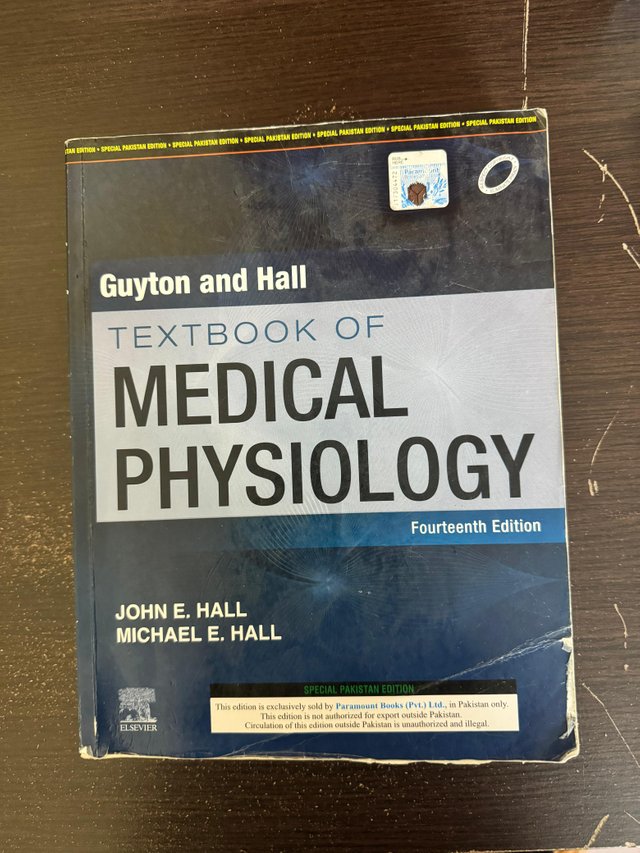 | 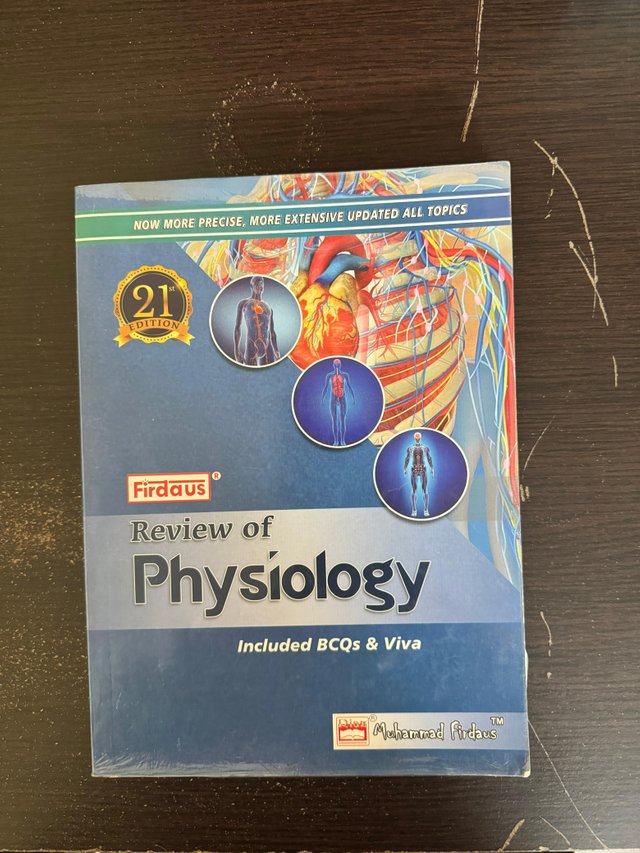 |
|---|
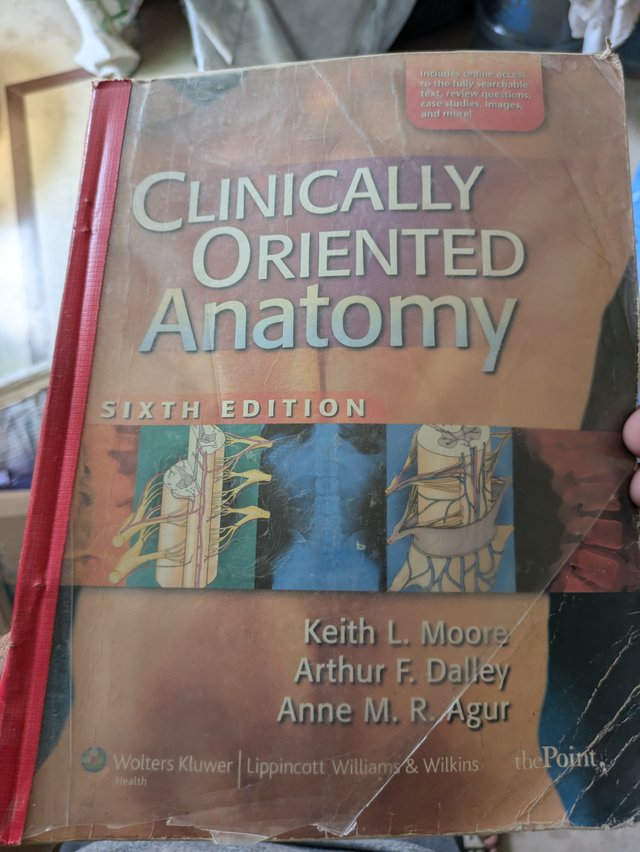
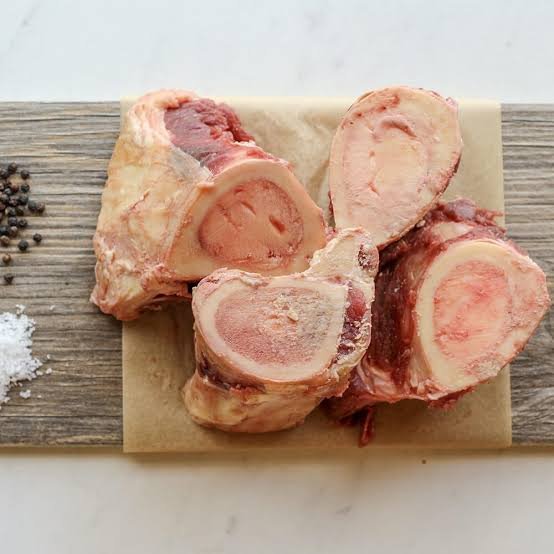
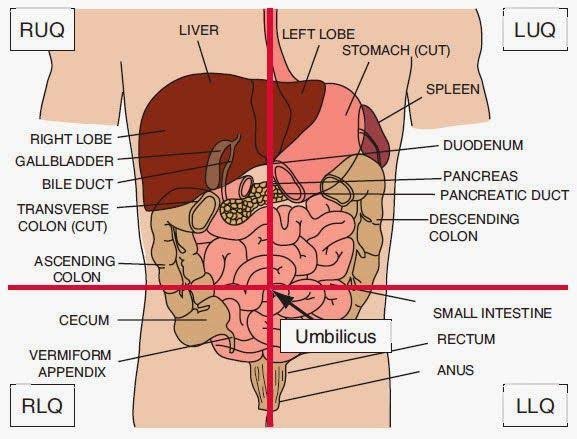
!upvote 20
💯⚜2️⃣0️⃣2️⃣4️⃣ Participate in the "Seven Network" Community2️⃣0️⃣2️⃣4️⃣ ⚜💯.
This post was manually selected to be voted on by "Seven Network Project". (Manual Curation of Steem Seven).
the post has been upvoted successfully! Remaining bandwidth: 0%
Your post has been rewarded by the Seven Team.
Support partner witnesses
We are the hope!
El tipo de sangre O- sería la más adecuada para este paciente, hasta tanto se le hagan las pruebas pertinentes y se determine su tipo de sangre.
Se puede apreciar que ha investigado muy bien el tema y nos ha presentado información precisa con respecto a la formación de las células sanguíneas y los órganos responsables de este proceso.
Éxitos en su participación.
Congratulations, your post has been upvoted with a bonus by @o1eh,
which is a curating account for the WOX Community.
Hola 👋 .
Muy agradable y completa la temática eres una persona muy inteligente, este es un tema muy extenso pero interesante.
Gracias por colocar tus referencias bibliográficas.. Saludos 🥰